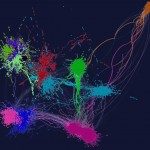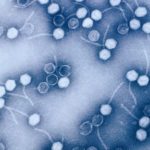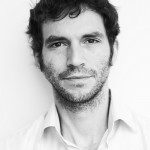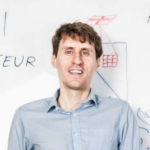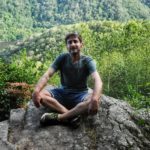Link to Pubmed [PMID] – 26399229
Link to DOI – 20610.1186/s13059-015-0766-2
Genome Biol 2015 Sep; 16(1): 206
The spatiotemporal behavior of chromatin is an important control mechanism of genomic function. Studies in Saccharomyces cerevisiae have broadly contributed to demonstrate the functional importance of nuclear organization. Although in the wild yeast survival depends on their ability to withstand adverse conditions, most of these studies were conducted on cells undergoing exponential growth. In these conditions, as in most eukaryotic cells, silent chromatin that is mainly found at the 32 telomeres accumulates at the nuclear envelope, forming three to five foci.Here, combining live microscopy, DNA FISH and chromosome conformation capture (HiC) techniques, we report that chromosomes adopt distinct organizations according to the metabolic status of the cell. In particular, following carbon source exhaustion the genome of long-lived quiescent cells undergoes a major spatial re-organization driven by the grouping of telomeres into a unique focus or hypercluster localized in the center of the nucleus. This change in genome conformation is specific to quiescent cells able to sustain long-term viability. We further show that reactive oxygen species produced by mitochondrial activity during respiration commit the cell to form a hypercluster upon starvation. Importantly, deleting the gene encoding telomere associated silencing factor SIR3 abolishes telomere grouping and decreases longevity, a defect that is rescued by expressing a silencing defective SIR3 allele competent for hypercluster formation.Our data show that mitochondrial activity primes cells to group their telomeres into a hypercluster upon starvation, reshaping the genome architecture into a conformation that may contribute to maintain longevity of quiescent cells.
